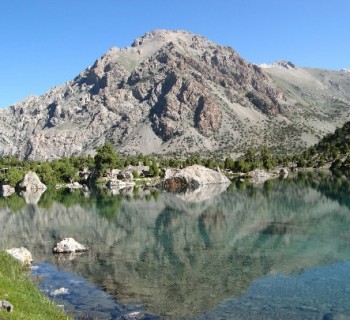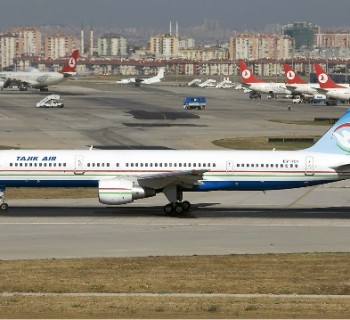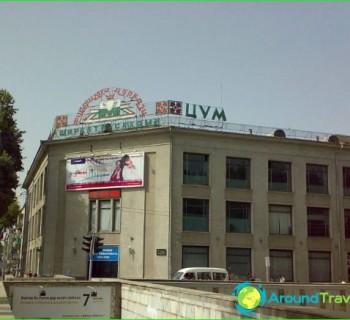Coat of arms of Tajikistan

It is clear that all the republics that were once part of the Soviet Union experienced for themselves what it means not to be independent, in fact not to have the right to their own state symbols, but, on the contrary, imposed from above and drawn as if by a carbon copy. Oddly enough, the coat of arms of Tajikistan retained the main features of the main symbol of the socialist republic, despite the fact that in the 1990s there was an attempt to introduce a radically different image.
New old coat of arms
On December 28, 1993, the new coat of arms of the free state of Tajikistan was officially approved. New symbols can be distinguished on it and are already well known to the inhabitants of the country and their neighbors:
- stylized gold crown;
- semicircle of stars;
- sunrise over mountain peaks;
- a wreath framing central objects;
- book on a stand at the bottom.
The main state symbol of this country has several options that are used in various cases, including black and white, color and volumetric.
Details of the Soviet past
During the years of Soviet power, Tajikistan managed to be both an autonomous republic and just a republic within a huge country called the USSR. In the first years of joining the Union, the image of the coat of arms changed quite often, every five years, or even more often. Stability came in 1940, the new main symbol lasted until the end of October 1992. It was its individual details that migrated into the modern picture, in particular, the wreath framing the central images and symbols - it consisted (and still is) of cotton with open bolls and ears of ripe wheat. The second surviving element of the coat of arms is the rising sun as a symbol of new life, aspiration for the future.
Independence symbol
In 1992, with the acquisition of independence for «conciliatory», as it was called, a radically different image of the main Tajik emblem was approved for the session, although wreaths and the sunrise were present. The central place on the emblem of Tajikistan was taken by a winged golden lion.
According to ancient myths that existed among the Tajiks, Persians and Indo-Aryan peoples, the winged lion symbolized the divine principle, strength, power, power. He first appeared in Mesopotamia, from where he went to travel to Iran and Central Asia. In addition to the fact that the lion was the hero of many myths, archaeologists during the excavations of the ancient Iranian city of Habis discovered a standard (age 3000 BC), which depicted this beautiful and powerful animal.
Unfortunately, modern man turned out to be stronger, the new government of Tajikistan made the golden crown the main symbol.


